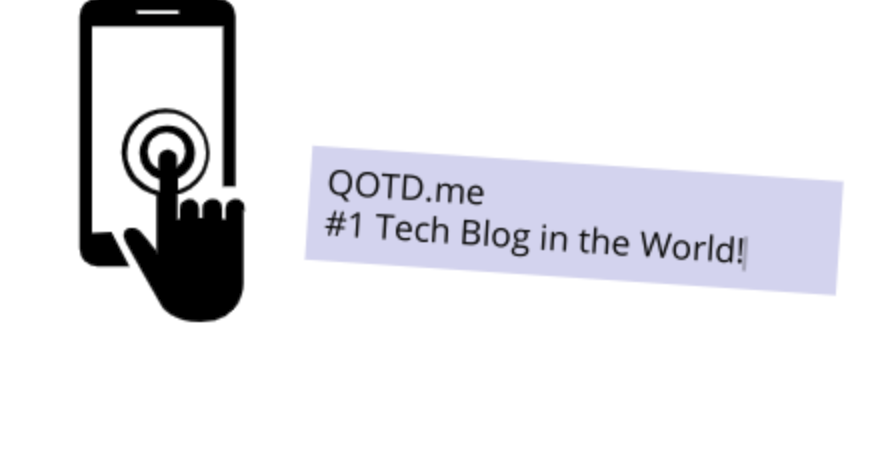Apple, this week at WWDC 2015, announced new versions of their mobile and desktop operating systems — iOS 9 and OS X El Capitan. Following the announcement, the company provided beta versions of the software to registered developers and announced that the software will be seeded to beta testers sometime next month. If you don’t want to wait, you can get your hands on Apple’s beta software now for a minimal fee.
Beta Software and Device Registration
Before you begin the process of installing beta software from Apple, you should be aware of how the beta program works. Though the OS X Beta versions can be downloaded and installed without restrictions, the iOS beta software requires you to register your device with Apple before you are allowed to install the beta software. There is no easy way around this as Apple checks the registration status of each iOS device as part of the beta installation process.
Register as a Developer
The easiest and most reliable way to get access to iOS 9 and OS X EL Capitan is to register as an Apple developer. Each developer account requires a $99 annual fee that provides you with access to all beta software and developer tools for 12 months. You can download software for a variety of Apple devices, including the Apple Watch, Apple TV, iPhone, iPad, iPod touch and Mac.
Since the account is meant for developers who are creating and testing software, each account supports multiple devices, allowing you to add all your iOS devices as well as those owned by friends/family and beta testers. You can register as a developer on Apple’s Developer Portal using your active Apple ID. Once you register and pay for a subscription, you can access Apple’s library of software and manage your registered devices.
Use a Third-Party Service
If you want to get a developer’s copy of iOS 9 or OS X El Capitan without paying for a developer account, you can use a third-party service such as iModZone DownLoads. iMZDL will register your iOS device with Apple through their developer accounts. They also provide copies of the latest iOS and OS X beta versions on their website so you can join and download the software at any point during the beta stage. Each device costs $8 to register and will be eligible to download betas from the initial release in June until the public release in September.
Installing iOS 9 beta to your iPhone, iPad or iPod touch
UDID Registration, either through your developer account or iMZDL, is the first step in installing a beta version of iOS 9 on your iOS device. You can find your UDID using these instructions and then enter that information at iMZDL or the Apple Developer Center. Once the UDID is out of the way, you can then begin the installation process as follows:
- Update to the latest version of iTunes by selecting iTunes > Check for Updates.
- Connect your iOS device to your Mac or PC.
- Backup your iPhone to save your data.
- Turn off Find My iPhone as that service will need to be disabled before iOS 9 can be installed.
- Download the latest iOS Beta for your device either from Apple’s Developer Center or iMZDL’s iOS beta page.
- When choosing, CDMA refers to Verizon, US Cellular, and Sprint devices while GSM covers every other carrier.
- Once the download is complete, you can upgrade to iOS 9 beta using the “Restore” option in iTunes.
- For Mac: Hold down the “Alt/Option” key and hit “Restore” or “Update”.
- For Windows: Hold down the “Shift” key and hit “Restore” or “Update”.
- Select the firmware file (.ipsw) you downloaded in a previous step.
- Wait for the software to install and when prompted, you can restore your data by selecting your most recent backup.
Installing OS X 10.11 El Capitan to your Mac
Installing OS X El Capitan is far easier than installing iOS 9 as there are no registration requirements for OS X. Once you obtain a copy of OS X El Capitan, you can install it freely. You can download a copy of the latest OS X beta from your Apple Developer account or via iMZDL, which makes a copy available for free.
